This post was written by Meg Nadeau ’19
During a recent Driving Sustainable Change class, we implemented the methods of Design Thinking to try to answer the difficult question, “How might we reduce the consumption of single-use products at UVM?”
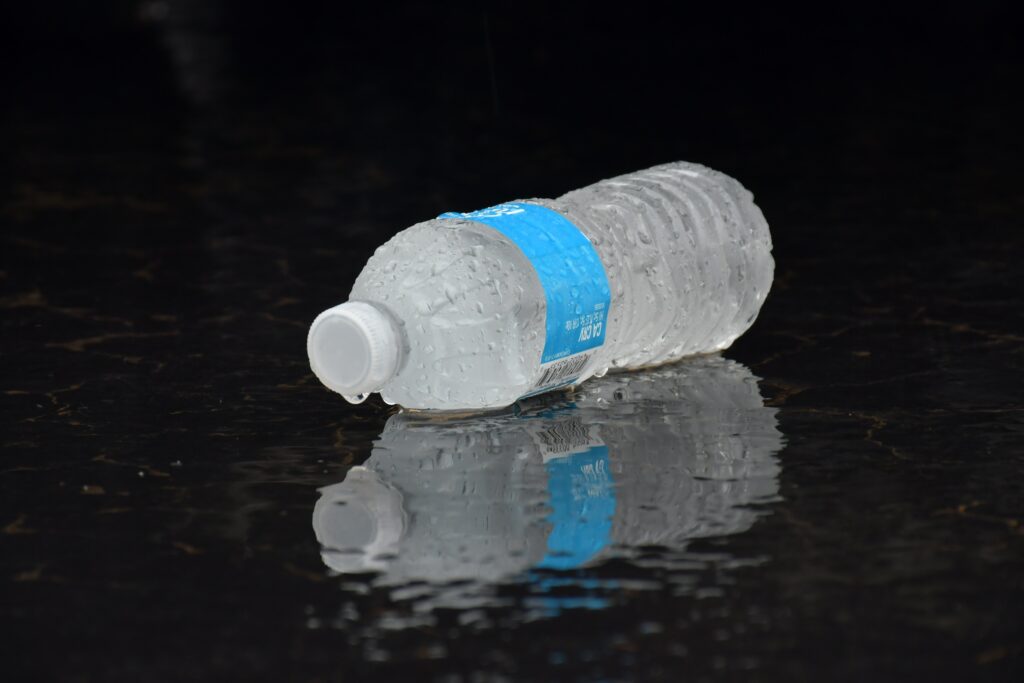
This is a question I have tried to answer for myself on many occasions: How can I change my behavior so that I can reduce my consumption of single-use products? By single-use products I mean any product designed specifically to be used once, then discarded, simply to be replaced by another single-use product.
I used to believe that as long as I recycled the plastic I was using, I was doing my part. However, I have realized that recycling is not enough. There is a reason why the phrase goes reduce, reuse, and recycle. Reducing and reusing come before recycling because that is how to make the most positive impact.
Recycling is better than not recycling, don’t get me wrong, but the current recycling process has many inefficiencies. First, containers must be clean of contaminants. In a full bin of recycling, items that are not recyclable — contamination — weaken the marketability of that material, and those items wind up in a landfill anyway. If the plastic does end up going to a recycling facility, it takes large amounts of energy and resources to transform it into a product that can be used again. Monitoring and collection, transportation, and the recycling manufacturing process itself all contribute to this energy and resource consumption.
The molecular makeup of plastics makes it very difficult for it to be broken down and transformed back to its original product, like a water bottle being turned back into a water bottle. Instead, recycled plastic is usually used for secondary reprocessing which turns the recycled plastic into a plastic product that cannot be recycled. This repurposing of plastic is better than just throwing it in landfills, but its footprint should not be minimized. There must also be demand for the recycled material for this process to really be effective. Many recycling programs are operating at a cash loss on a regular basis, which is not sustainable for the long-term.
So, what is the solution to this? Recycling used to be seen as the solution for all of our waste. But, that is just not enough if we plan on saving the planet. The real solution is to not create the need to recycle in the first place. Reduce your consumption of single-use plastics, or better yet, don’t use single-use plastic at all. Nobody is perfect, so if you do buy plastic try to reuse the item as many times as you can. Get creative with it! How many new uses can you get out of a plastic product? But, since the goal of this post is to reduce the consumption of single-use products, I am going to leave you with some tips that have helped me.
- The Grocery Store: Single-use products are everywhere here, from lettuce wrapped in plastic, to eggs in plastic casings, to meat packed in plastic bags. Become mindful of your purchases at the grocery store. Start your grocery shopping the right way by remembering to bring your own shopping bags- this will set you up for a successful grocery shopping trip right from the start! Put your produce in these reusable bags instead of putting them into the small plastic produce bags and try to buy produce that is not already wrapped in plastic. Choose cardboard over plastic whenever possible. Cardboard is generally easier to recycle and tends to biodegrade more easily. So go for the eggs in the cardboard casing, or the pasta in a box instead of in a bag, or detergent in a box instead of a bottle.
- The Bathroom: Look in your shower and count how many plastic containers are in there. Is there a way you can change your purchasing behavior to find products that don’t come in plastic? Can you refill glass containers with shampoo, conditioner, and body wash? There are companies, like Lush, that are selling solid shampoos and body washes that do not have to be contained in a bottle at all. Instead of buying disposable razors, try switching to a razor that lets you replace the blade or, even better, get a straight razor. Instead of shaving cream, try coconut oil. And if you really want to commit to a sustainable shaving experience, don’t shave at all! There are many alternatives to your plastic toothbrush, as well. Try going with a wooden toothbrush, one that you can just throw in the fire when it is time to get a new one. While we are on the topic of teeth, have you ever tried tooth powder? You can make your own at home with baking powder, salt, and essential oils for flavoring. You can also buy pre-made tooth powder from brands like Uncle Harry or Aquarian Bath.
- The Kitchen: Plastic has inundated our kitchens in the form of plastic baggies, plastic wrap, and plastic storage containers. Instead of using plastic wrap, use jars or glass containers. There are also some innovative companies, like Bee’s Wrap, that are coming out with reusable food storage solutions. Instead of plastic baggies or plastic containers, why not use a glass or stainless steel bento box? If you’re feeling extra brave, bring these out with you when you know there will be leftovers. Instead of relying on a restaurant to provide you with a single-use container to-go, complete with a plastic bag, opt to put the food in your own container that can be reused over and over again. Try switching to wash cloths instead of paper towels. Paper towels come wrapped in plastic and can only be used to clean up one mess. Wash cloths can be used over and over again and just get thrown in with the rest of the dirty laundry when they need to be washed.

 Earlier this Fall we had the pleasure of hosting guest speaker
Earlier this Fall we had the pleasure of hosting guest speaker 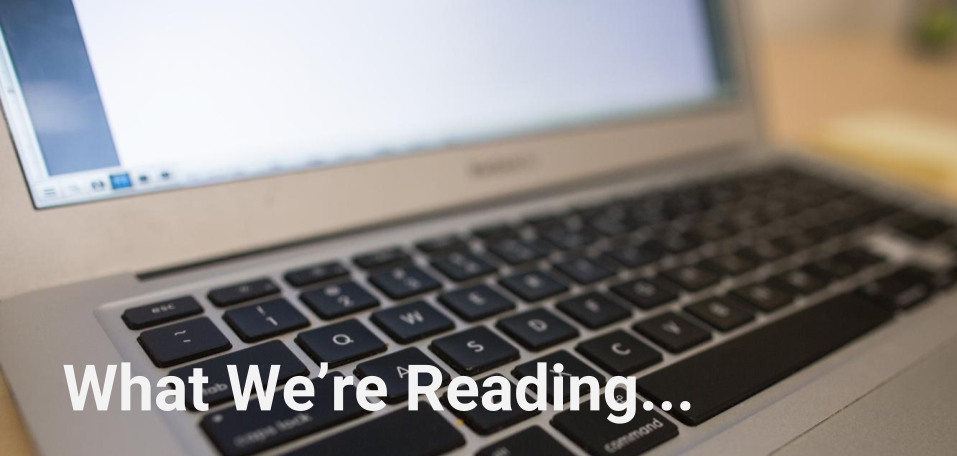 An occasional curation of sustainable innovation and business transformation news, postings, et cetera…
An occasional curation of sustainable innovation and business transformation news, postings, et cetera…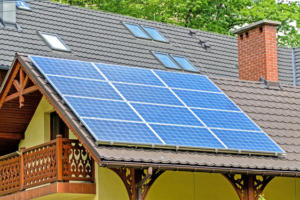 In 2 years, all new homes built in the state will be mandated to either have solar panels installed or be hooked up to shared solar panels that power a grouping of the new homes. New home buyers will have the option to purchase the panels outright where they are included in the price of the home or can be leased. The increasing amount of solar energy to be included in the energy mix is sure to help achieve the state’s aforementioned energy goals, but the requirement for new home owners to purchase rooftop solar has the potential to surface unintended consequences.
In 2 years, all new homes built in the state will be mandated to either have solar panels installed or be hooked up to shared solar panels that power a grouping of the new homes. New home buyers will have the option to purchase the panels outright where they are included in the price of the home or can be leased. The increasing amount of solar energy to be included in the energy mix is sure to help achieve the state’s aforementioned energy goals, but the requirement for new home owners to purchase rooftop solar has the potential to surface unintended consequences.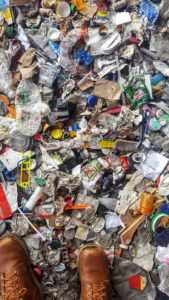 If you are like a lot of people you probably don’t, and you hope or wish that the items you put in the bin get recycled. But this “wishcycling” can actually do more harm than just throwing contaminated or non-recyclable items away. On a recent site visit to
If you are like a lot of people you probably don’t, and you hope or wish that the items you put in the bin get recycled. But this “wishcycling” can actually do more harm than just throwing contaminated or non-recyclable items away. On a recent site visit to 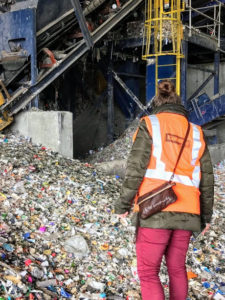 When non-recyclable items don’t make it through the system they are sent to the landfill or to an incinerator. This includes all of those small plastics, random pieces of metal, plastic bags, and more. This is why it is really important to check with your local recycler to see what products they take in the blue bin and which have special instructions.
When non-recyclable items don’t make it through the system they are sent to the landfill or to an incinerator. This includes all of those small plastics, random pieces of metal, plastic bags, and more. This is why it is really important to check with your local recycler to see what products they take in the blue bin and which have special instructions. I
I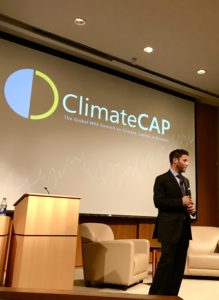
 Sixty-three pounds of plastic, per person, ends up in landfills in the United States. An increased consumer demand for sustainability and the amount of waste coming from disposing packaging makes companies re-think their packaging. They start to incorporate new, sustainable materials and construction methods into their packaging to reduce their impact on the planet. Here’s four clever ideas for companies to reduce their carbon footprint by changing their packaging:
Sixty-three pounds of plastic, per person, ends up in landfills in the United States. An increased consumer demand for sustainability and the amount of waste coming from disposing packaging makes companies re-think their packaging. They start to incorporate new, sustainable materials and construction methods into their packaging to reduce their impact on the planet. Here’s four clever ideas for companies to reduce their carbon footprint by changing their packaging: This
This